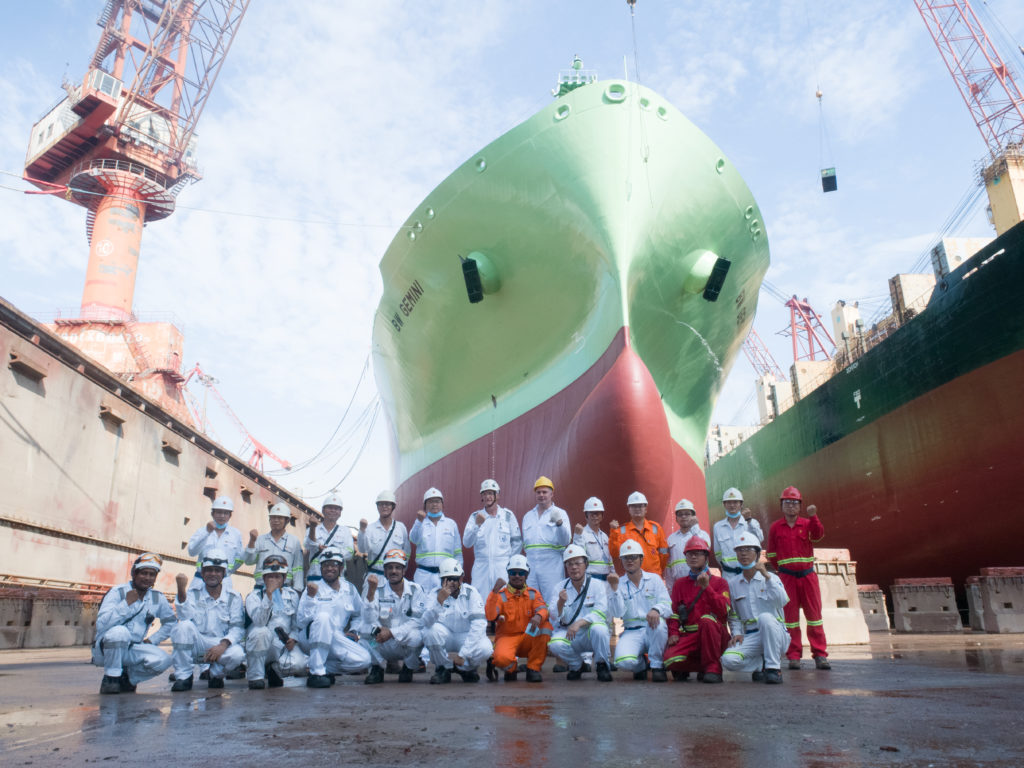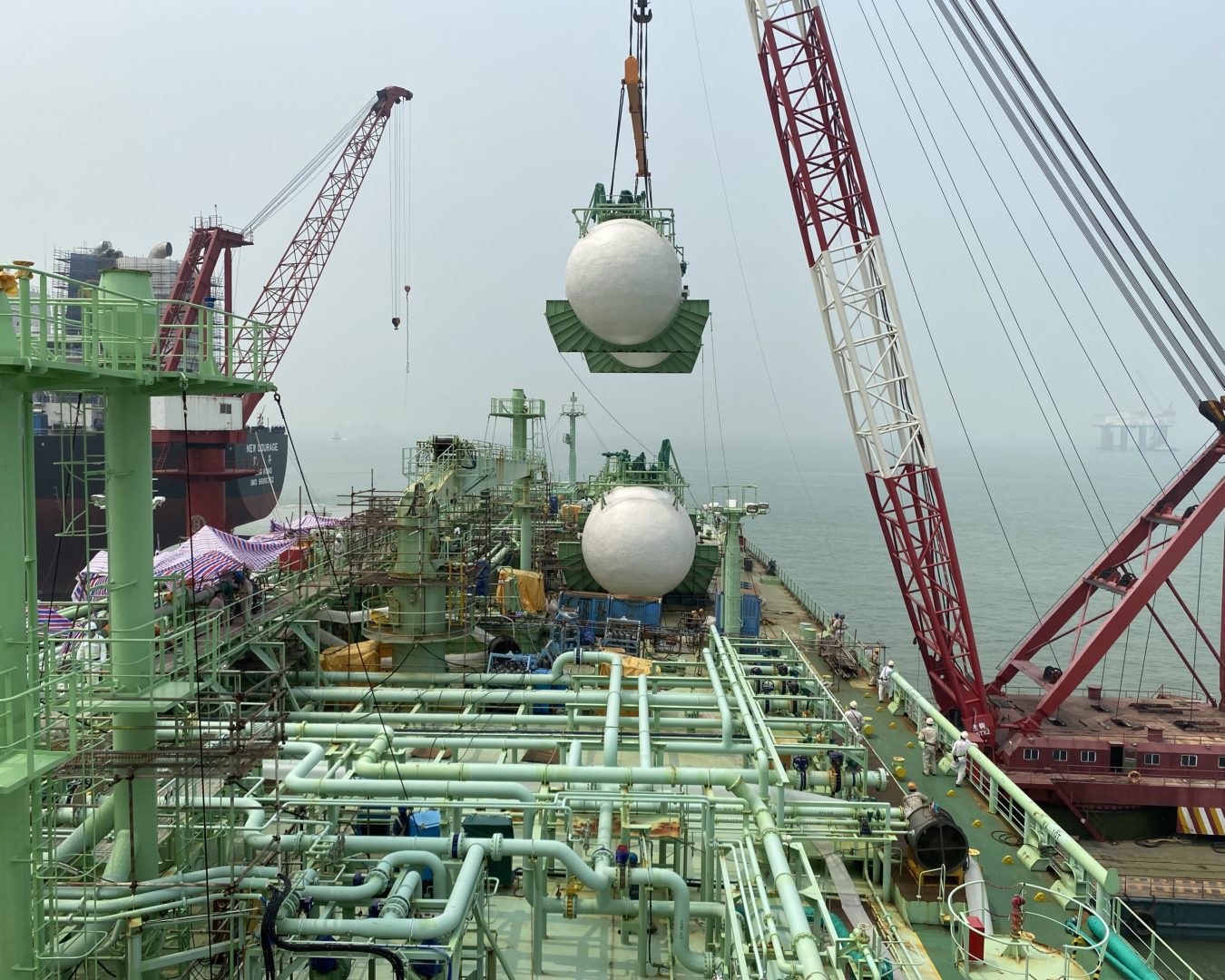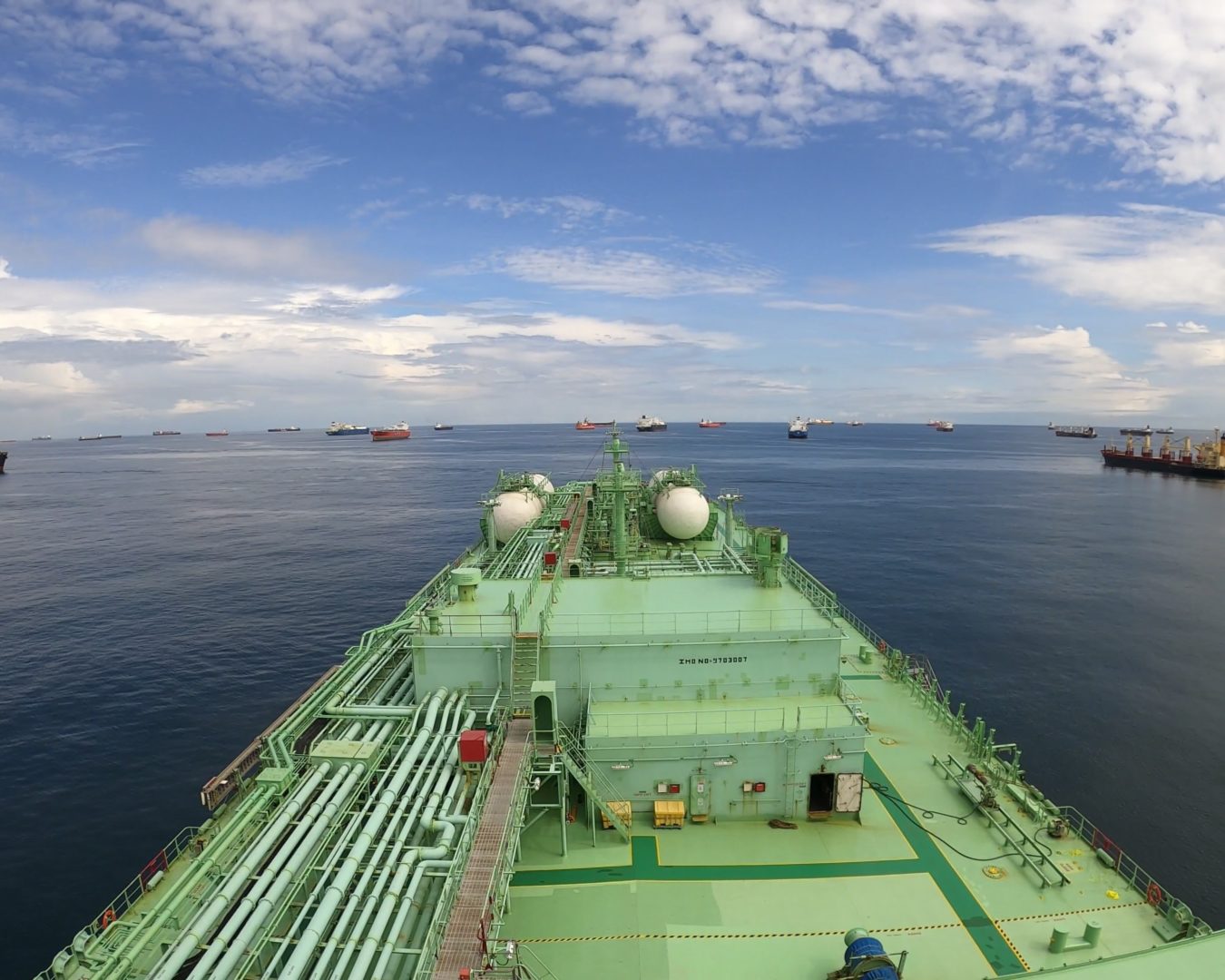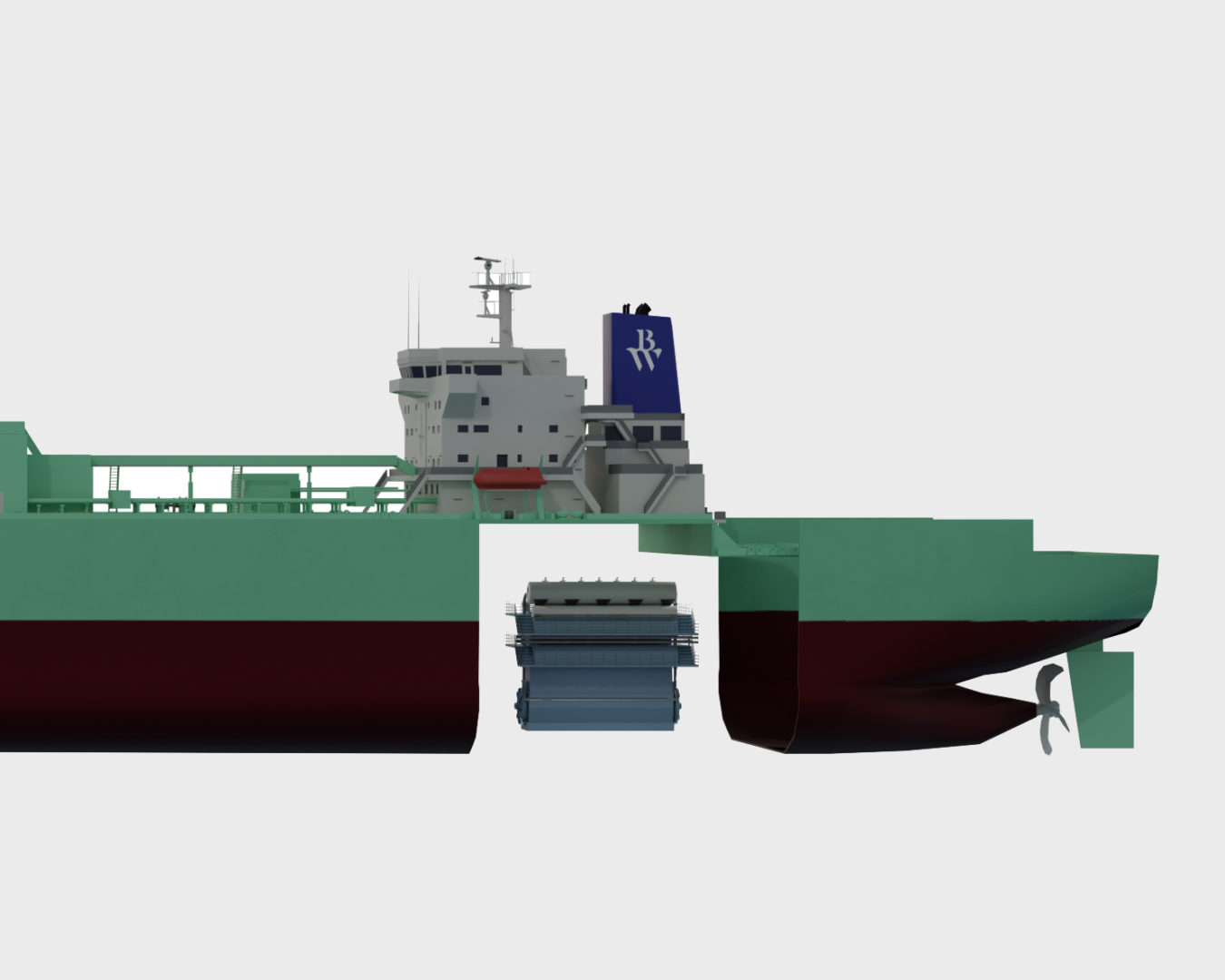Retrofitting for
Maximum Benefits
Benefits of Retrofitting
Retrofitting offers significant environmental and economic benefits. But we must invest time and money to realize these benefits. We see these as worthwhile investments for a Better World.

Making Our Green Ships Greener
With LPG engines, we reduce greenhouse gas emissions, cut fuel costs, and gain operational efficiencies. By retrofitting, we can reap benefits even before our vessels are on water. Compared with a newbuild, retrofitting an existing ship:
- Emits 97% less carbon during construction;
- Takes 2 months, versus 2 years to complete; and
- Does not add unneeded shipping capacity to the market
Retrofitting costs USD 8 to 9 million, while it costs 10 times more at USD 80 million to order a newbuild with the same technology.
Retrofitting vessels is also aligned with our broader asset management strategy as we maximize the value of our current assets on water while considering the best way forward in our journey towards a zero-carbon future.
Looking at the whole maritime industry, there is enormous potential in retrofit. More than half of the current VLGC fleet and ~7,500 merchant vessels can be retrofitted with LPG propulsion. The potential for LPG as a clean marine fuel alternative is tremendous.

Frequently Asked Questions
We answer all your questions and more, on LPG dual-fuel propulsion engines.

Benefits of LPG Propulsion
Liquefied Petroleum Gas (LPG) propulsion offers environmental, operational and economic benefits

LPG Propulsion Explained
LPG is piped to the engine. Compliant pilot fuel is injected as the piston nears the top. It sparks under pressure, and LPG burns to create propulsive force.

